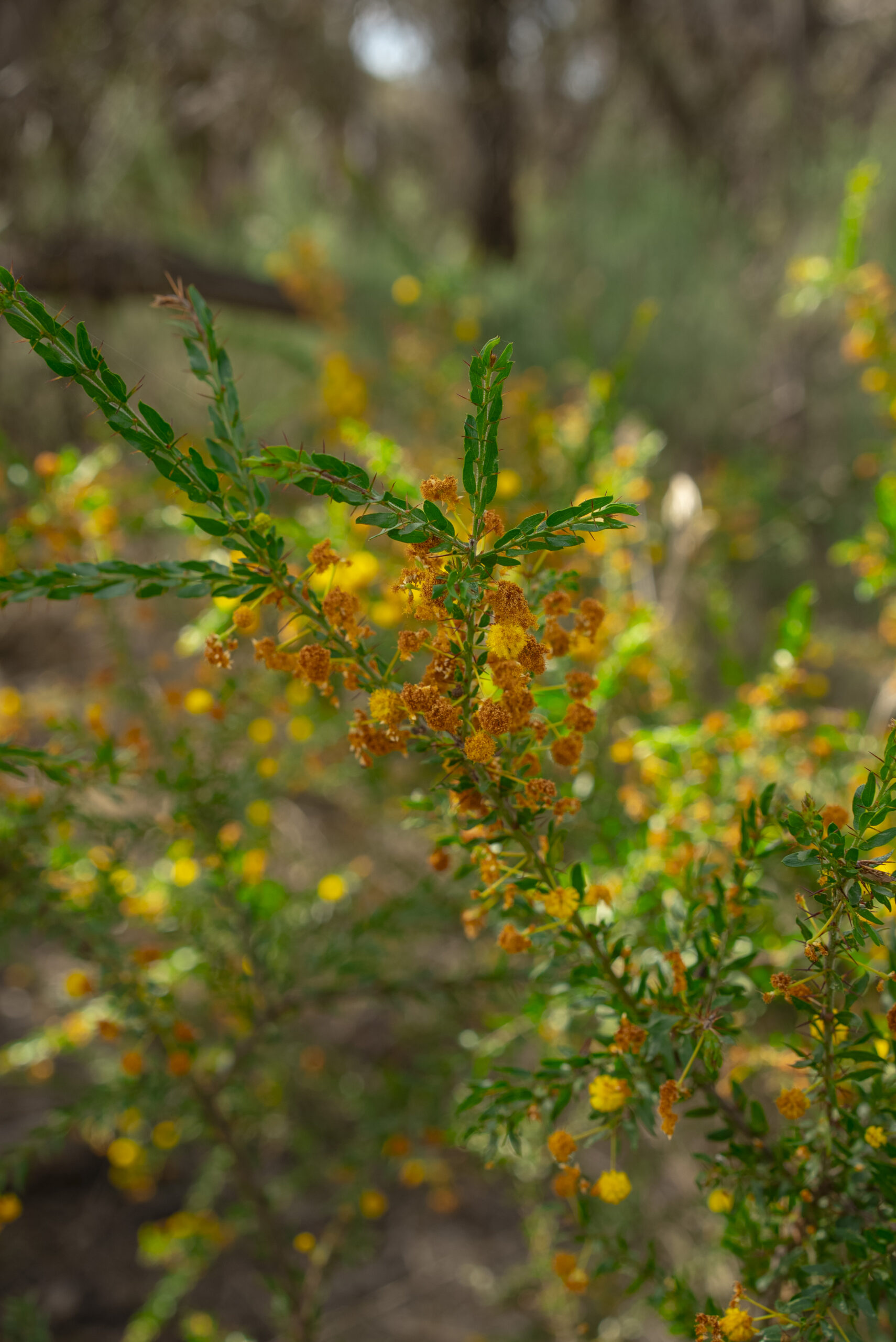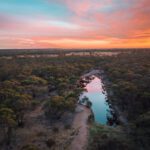Why support this project?
This Wilderlands project situated in the heart of the New South Wales Riverina, spanning 497 hectares, adjacent to national parkland and revegetated forests, and is home to a diverse range of endangered bird communities and native plants.
Alleena has served as a dedicated conservation reserve since 2020, with five conservation areas protected in perpetuity by a Conservation Agreement through the NSW Biodiversity Conservation Trust (BCT).
Home to over 98 bird species, it aims to address the decline of the suite of birds dependent on intact woodland ecosystems for foraging and nesting with these once common woodland birds, such as the Dusky Woodswallow, now found almost exclusively in small, scattered remnants of habitat on private land, within State Forests or Nature Reserves.
The Alleena project offers landscape-scale connectivity for species movement and dispersal, as well as habitat for a variety of threatened woodland bird species, including the Brown Treecreeper, Dusky Woodswallow, Gilbert’s Whistler, Grey-crowned Babbler, Pink Cockatoo, Scarlet Robin, Spotted Harrier, Superb Parrot, and White-fronted Chat.
The project features rich native plant diversity with a total of 171 species recorded, including the noteworthy addition of the Spiny Peppercress, a species classified as vulnerable under both Commonwealth and State legislation.
It also includes two state listed threatened ecological communities: Mallee and Mallee-Broombush dominated woodland and shrubland; and Inland Grey Box Woodland in the Riverina, NSW South Western Slopes which is also listed under National legislation.
A variety of native mammals can also be found across the property including Yellow-footed Antechinus and Dunnart species, often spotted exploring the fallen timber in the understory.
For more details on the Alleena project, visit our project partners at Wilderlands: Alleena, NSW | Wilderlands.earth

















